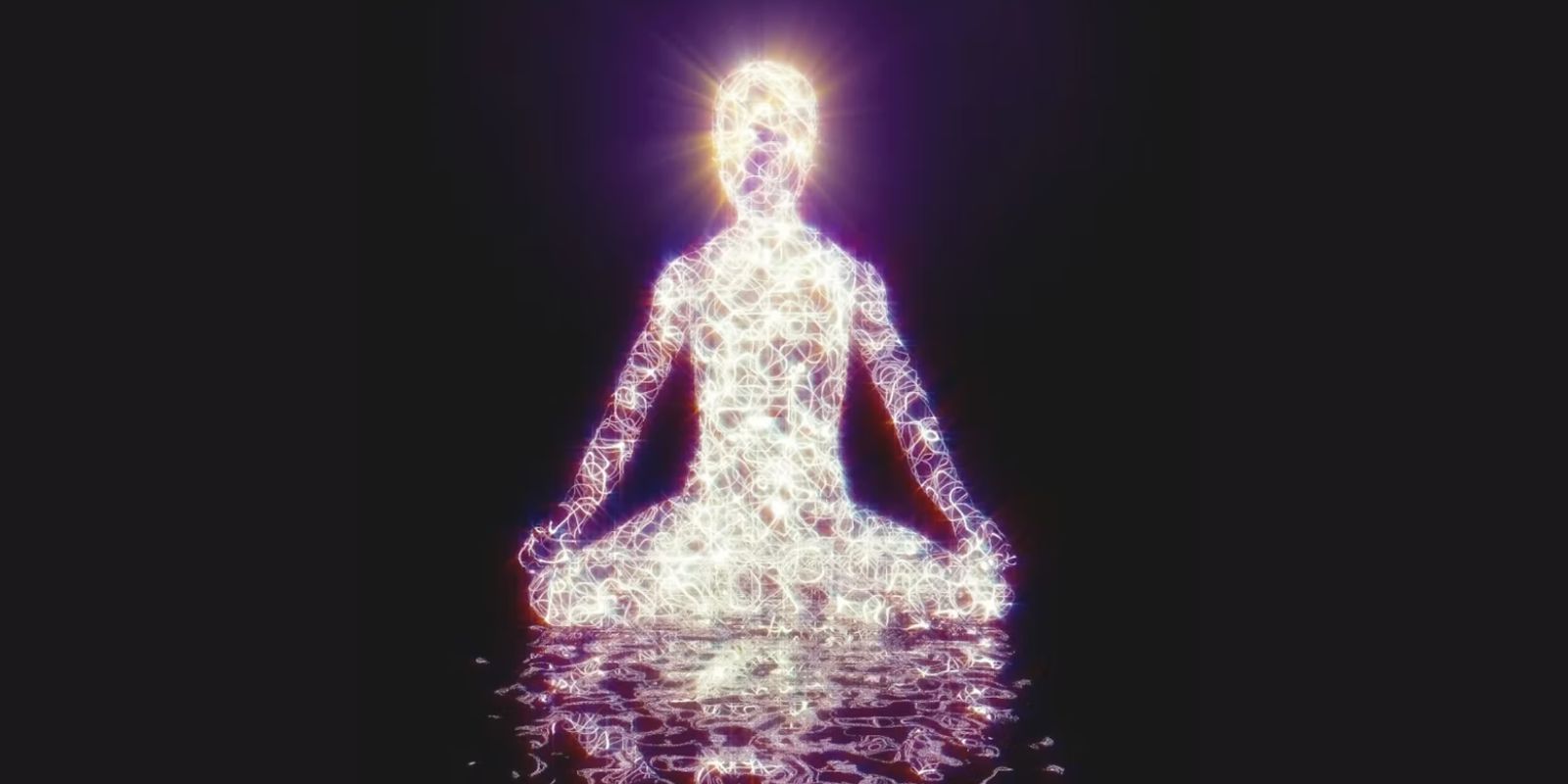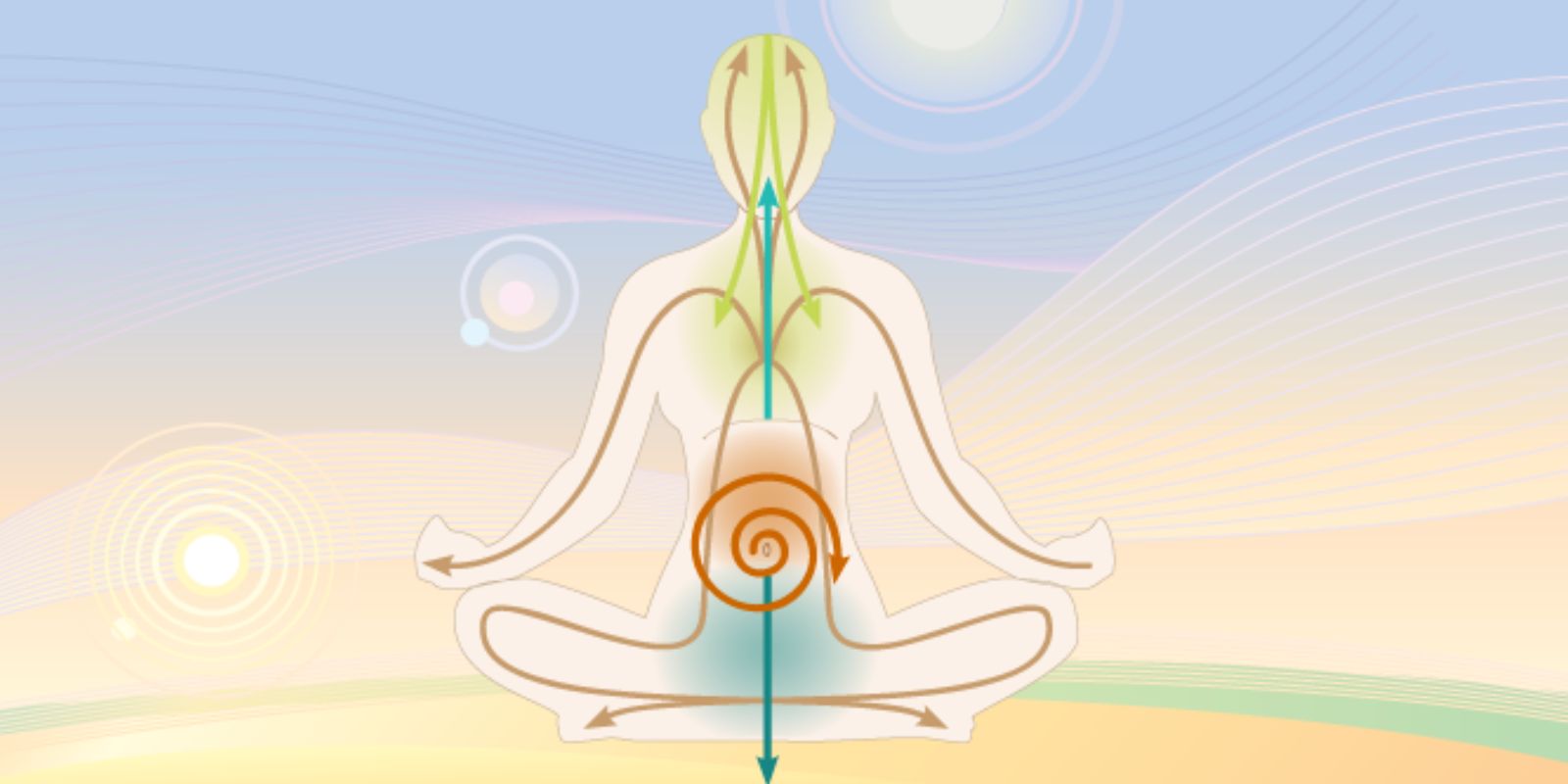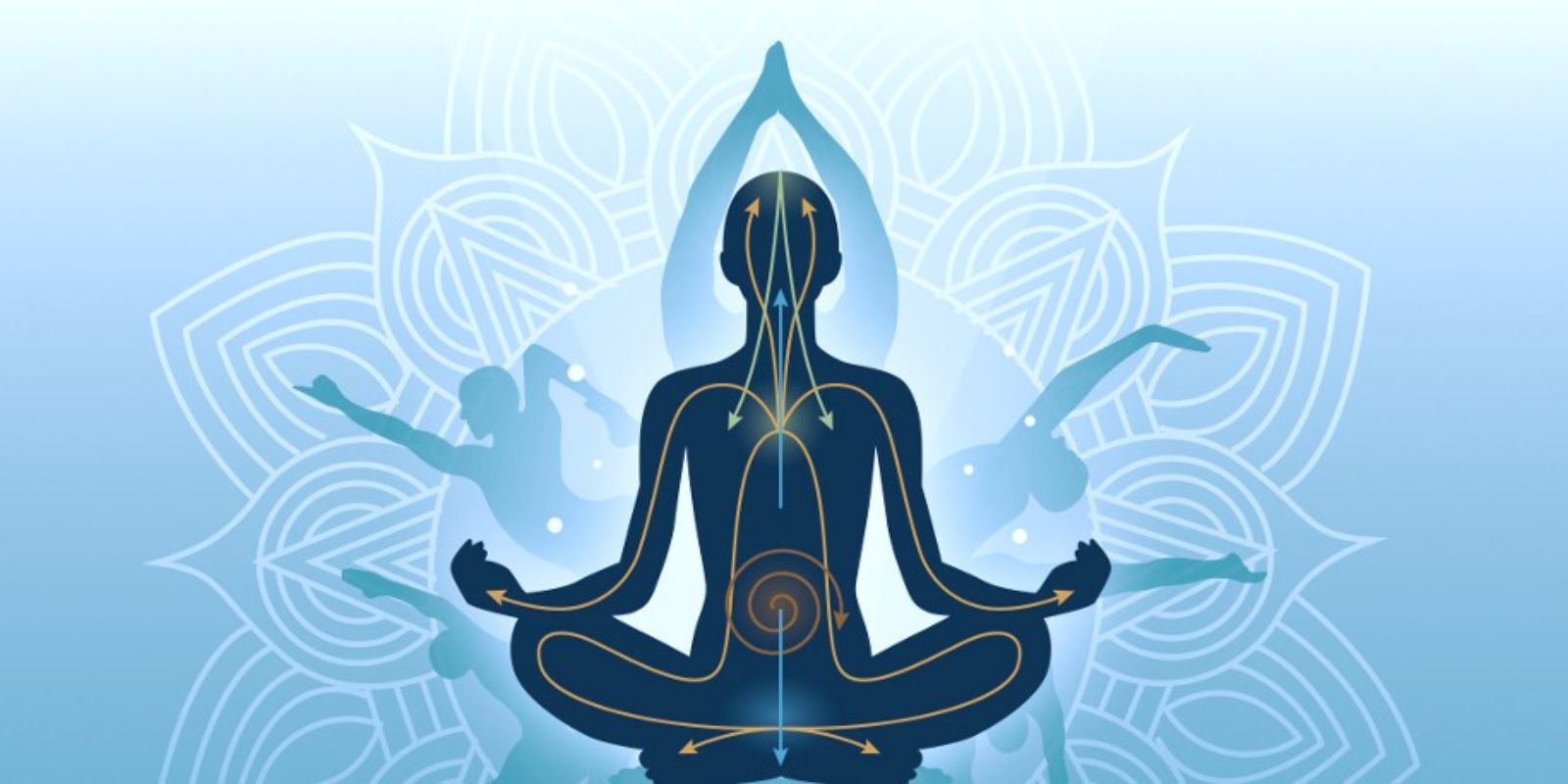Exploring Prana: The vital energy of Life
“Pran nikal gaya” means “life has left” or “the life force has departed”. It’s a phrase used to describe the moment of death or the cessation of life. The phrase can also be used metaphorically to describe severe pain or suffering, as if the life force has been drained away.
This expression is a clear indication that when we die “something called Prana, leaves our body”. The active, thinking, talking, seeing life form suddenly becomes cold flesh & bones. Where was this Prana a few seconds ago? Where did it vanish? What is its role in the functioning of the body? And why is it so important? Let’s take a look at these points in this month’s Blog.

Our body is a combination of gross elements and a life giving subtle force which we call Prana. This subtle force pervades every cell in our body. It is an universal energy that permeates everything in existence.
is the important declaration of the Shrutis. Prana is the sum total of all energy that is manifest in the universe
Prana is the vital force that keeps our cells vibrant, our organs functioning, and our minds clear. It is the invisible energy moving through thousands of energy channels, or nadis, within us, maintaining our health and energizing our entire being.
Through this movement, prana regulates our physical body’s key systems. It ensures our heart beats, our food digests properly, and our body detoxifies, keeping us in top physical shape.
But its influence doesn’t stop there.

Prana also touches our mental and emotional worlds. It’s what can lift our spirits on a good day or help calm a racing mind, contributing to a balanced, stable emotional state. Spiritually, prana is a bridge to deeper realms. It supports our meditation practices, deepens our spiritual connections, and fosters a sense of oneness with the universe.
Is Prana the air we breathe?
‘Svasa’ means inspiratory breath and ‘Prasvasa’ is expiratory breath. Breath is external manifestation of Prana.
Breath is Sthula, gross form of Prana. Prana is Sukshma, subtle. By exercising control over your breathing you can control the subtle Prana inside. Control of Prana means control of mind. Mind cannot operate without the help of Prana. The vibrations of Prana is what produces thoughts in the mind. It is Prana that moves the mind. It is Prana that sets the mind in motion. It is the Sukshma Prana or Psychic Prana that is intimately connected with the mind.
Breath represents the important fly-wheel of an engine. Just as the other wheels stop when the driver stops the fly-wheel, so also other organs cease working, when the Yogi stops the breath. If you can control the fly-wheel, you can easily control the other wheels. Likewise, if you can control the external breath, you can easily control the inner vital force, Prana. The process by which the Prana is controlled by regulation of external breath, is termed Pranayama.
Pranayama is an exact science. It is the fourth Anga of Ashtanga Yoga.
“Tasmin Sati Svasa prasvasayorgativicchedah Pranayamah”
Regulation of breath or the control of Prana is the stoppage of inhalation and exhalation, which follows after securing that steadiness of posture or seat, Asana. Thus is Pranayama defined in Patanjali Yoga Sutras.
Just as a goldsmith removes the impurities of gold by heating it in the hot furnace, by strongly blowing the blow-pipe, so also the Yogic student removes the impurities of the body and the Indriyas by practising Pranayama.
The chief aim of Pranayama is to unite the Prana with the Apana and take the united Pranapana slowly towards the head. The effect or fruit of Pranayama is Udghata or awakening of the sleeping Kundalini.

Prana like consciousness is all pervading. A statue of stone can become a venerated idol after the Prana Pratishtha ritual. So Prana can also be invoked into an inanimate object. This ritual infuses life in the temple or idol. The priest invokes the divine energy within his heart and then transfers that energy or Prana to the idol, thereby consecrating it.

